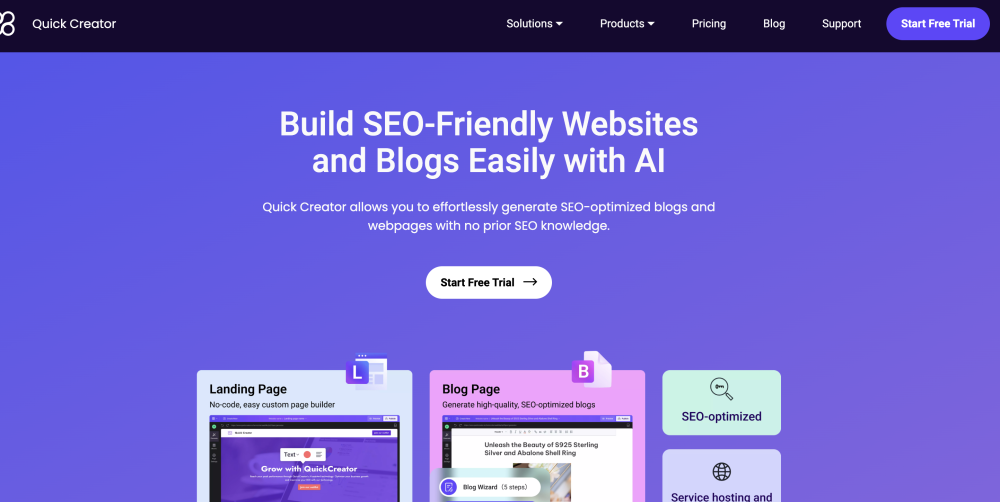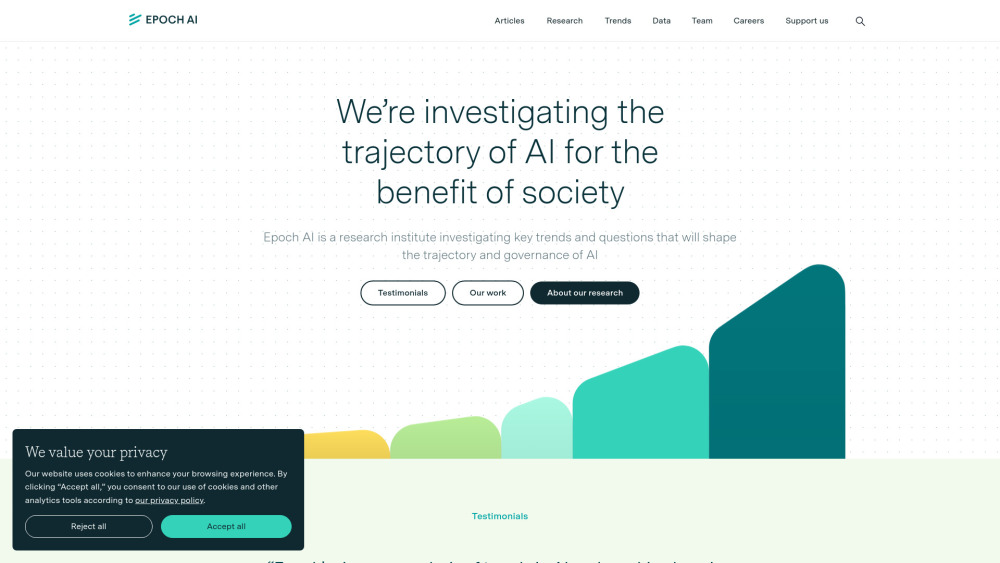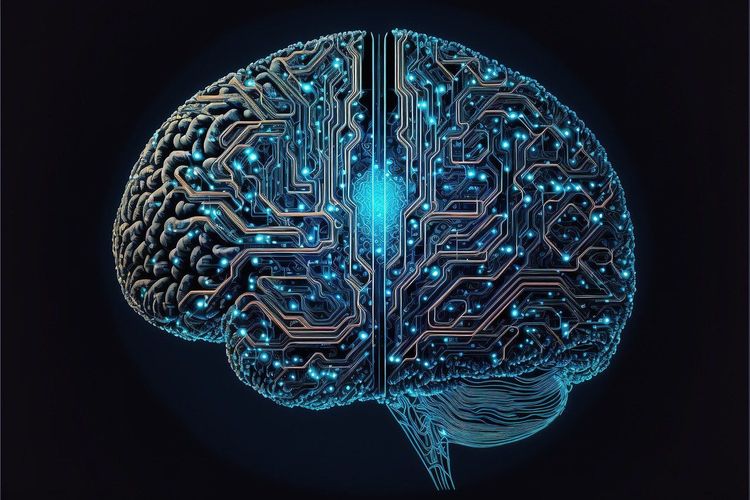Facebook Research is Creating Emotionally Engaging Robots with a Sense of Curiosity
Most people like

Quick Creator is an AI-powered platform designed for effortless creation of blogs and landing pages, all while emphasizing SEO best practices.

Exemplary is an advanced AI-driven platform designed to efficiently transcribe audio and video content with remarkable accuracy in more than 120 languages.

AI Research Institute: Pioneering the Future of AI Development and Governance
Discover how our AI research institute is at the forefront of shaping the trajectory of artificial intelligence. We are dedicated to advancing innovative AI solutions while ensuring responsible governance that prioritizes ethical practices and societal impact. Join us in exploring the future of AI and its implications for various industries and communities.

In today's fast-paced academic landscape, researchers are constantly seeking innovative solutions to streamline their work and enhance the visibility of their findings. AI tools and specialized publication services are revolutionizing the way scholars prepare, publish, and promote their research. This guide explores the best AI tools and publication resources available to help researchers maximize their impact and efficiency in the ever-evolving world of academic publishing.
Find AI tools in YBX

